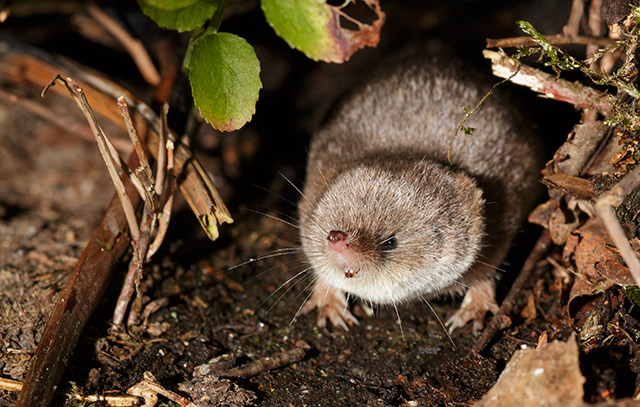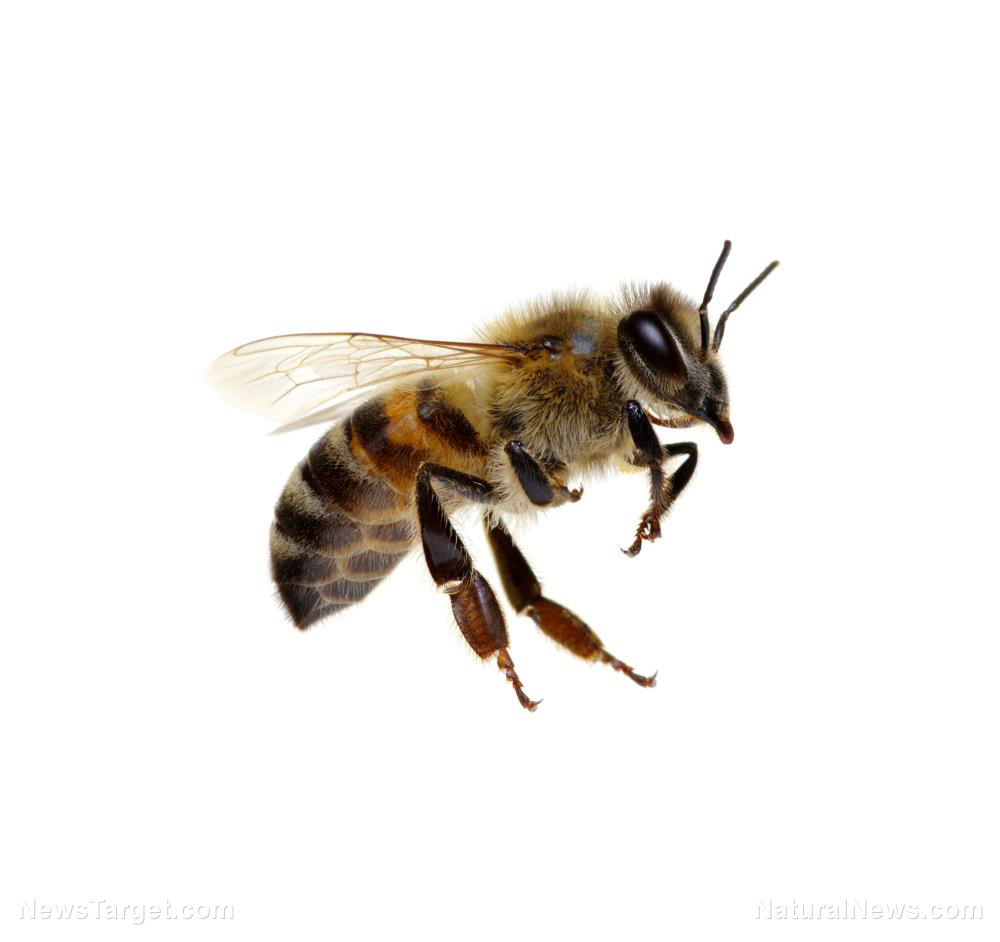Cool survival technique: Shrew skulls shrink during winter to reduce food requirements, then regrow in spring, according to new research
09/27/2018 / By Zoey Sky

It looks like Nature is still weird and wonderful. Researchers have looked into a phenomenon where shrew heads shrink in winter and return to normal size come spring, reported the Daily Mail.
Like other animals, shrews sometimes struggle to survive during winter. It can be hard to gather enough food during this harsh season, and a group of researchers has discovered that shrew skulls shrink by at least 20 percent before winter approaches. While the reason for this is still shrouded in mystery, it appears that shrews shrink their skulls to prepare for cold weather.
Researchers at the Max Planck Institute for Ornithology in Germany have found that the size of a shrew’s head will change depending on the season. This occurrence is also known as “Dehnel’s phenomenon.” The lead author of the study, Dr. Javier Lazaro, said, “We found that each shrew undergoes a dramatic decrease in braincase size from summer to winter.”
He continued, “Then, in spring, the braincase regrows, almost reaching the original size in the second summer.”
Previous studies have already noted the occurrence of shrew heads shrinking as the seasons change, but this study is the first to monitor individual animals and record the phenomenon. The study took place from the summer of 2014 to the autumn of 2015.
Using live traps, researchers captured 12 shrews. The animals that underwent observation were anesthetized before their skulls were X-rayed. Researchers also implanted microchips in the shrews’ skulls for easier identification. Based on the X-ray results, the shrews’ heads did indeed shrink as the seasons changed.
The twelve shrews were caught during all three stages. The animals exhibited the same pattern: summer meant a peak head size, their skulls shrank in winter, and the skulls returned to normal size during spring.
Despite the data collated, researchers are still trying to determine the exact reason for Dehnel’s phenomenon. And it’s not just their skulls that shrink – the entire body of a shrew decreases in size, along with its major organs, spine, and brain. Shrews are notable for their high metabolism, and the researchers believe that the phenomenon helps shrews survive during winter.
Because shrews don’t migrate or hibernate for winter like other animals, Dr. Lazaro posited that the phenomenon may be due to the shrew’s efforts to increase their probability of survival. He added, “The partial regrowth into the adult phenotype in spring may then increase competitiveness during their only reproductive period when both sexes expand and aggressively defend their territories.”
It is yet to be determined how the shrew skulls shrink, but some evidence suggests that their braincase shrinks when tissue is reabsorbed
Fast facts on shrews
- The Etruscan shrew (scientific name: Suncus etruscus), measuring at an estimated 3.5 cm and two grams, is the smallest living terrestrial mammal.
- The masked or common shrew’s heart (scientific name: Sorex cinereus) beats 800 times a minute. This is notably faster than a hummingbird’s heartbeat.
- Shrews need to consume at least 80 to 90 percent of their own body weight in food daily. Most shrews can starve to death if deprived of food for half a day. These animals will eat anything, but shrews prefer small animals. Shrews also help destroy insects and slugs that harm crops.
- Shrews are easily startled. They will jump, faint, or drop dead at sudden noises.
Are you enjoying this article? You can find similar animal news and how nature is fun and wonderful at WeirdScienceNews.com.
Sources include:
OneKindPlanet.com
Tagged Under: animals, Dehnel's phenomenon, research, shrews, weird science, wildlife



















